Holding hands with the phrase ‘books are a window to the world,’ aesthetic movies are a definition of a literal window to a realm of imagination put forward by a crew of artistic geniuses on silver screens. Everyone reading a book tends to imagine the story and its scenes based on their existing knowledge and imaginative systems. Paradoxically, in the case of movies, the audience sits through layers of visuals created by the on and off-screen teams, encouraging people to form opinions based on the depth of sensitivity in which they perceive the story and its characters. If characters are the soul of a movie, the plot, architecture of sets, sounds, and editing fabricate its body.
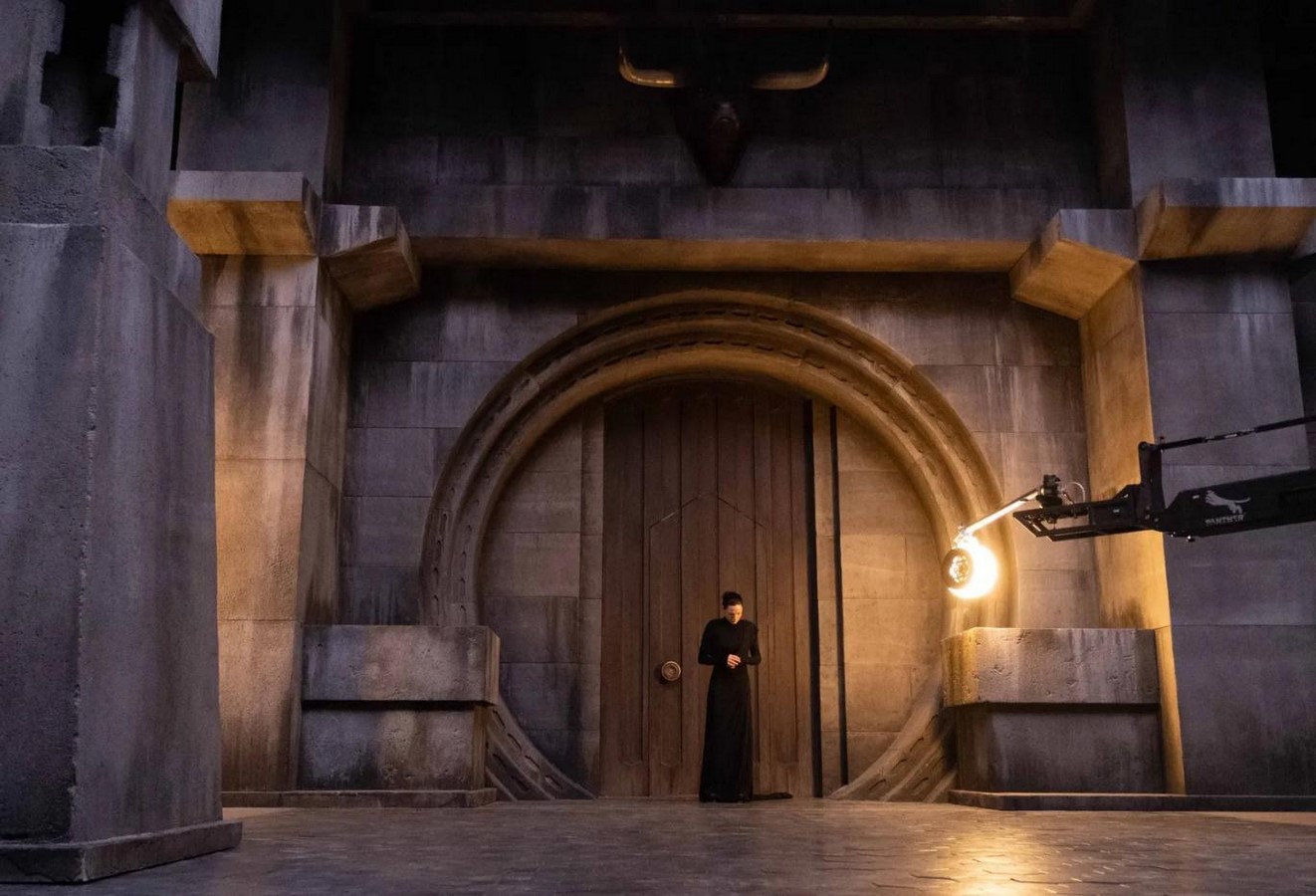
Architecture: An amusing ride to time travel
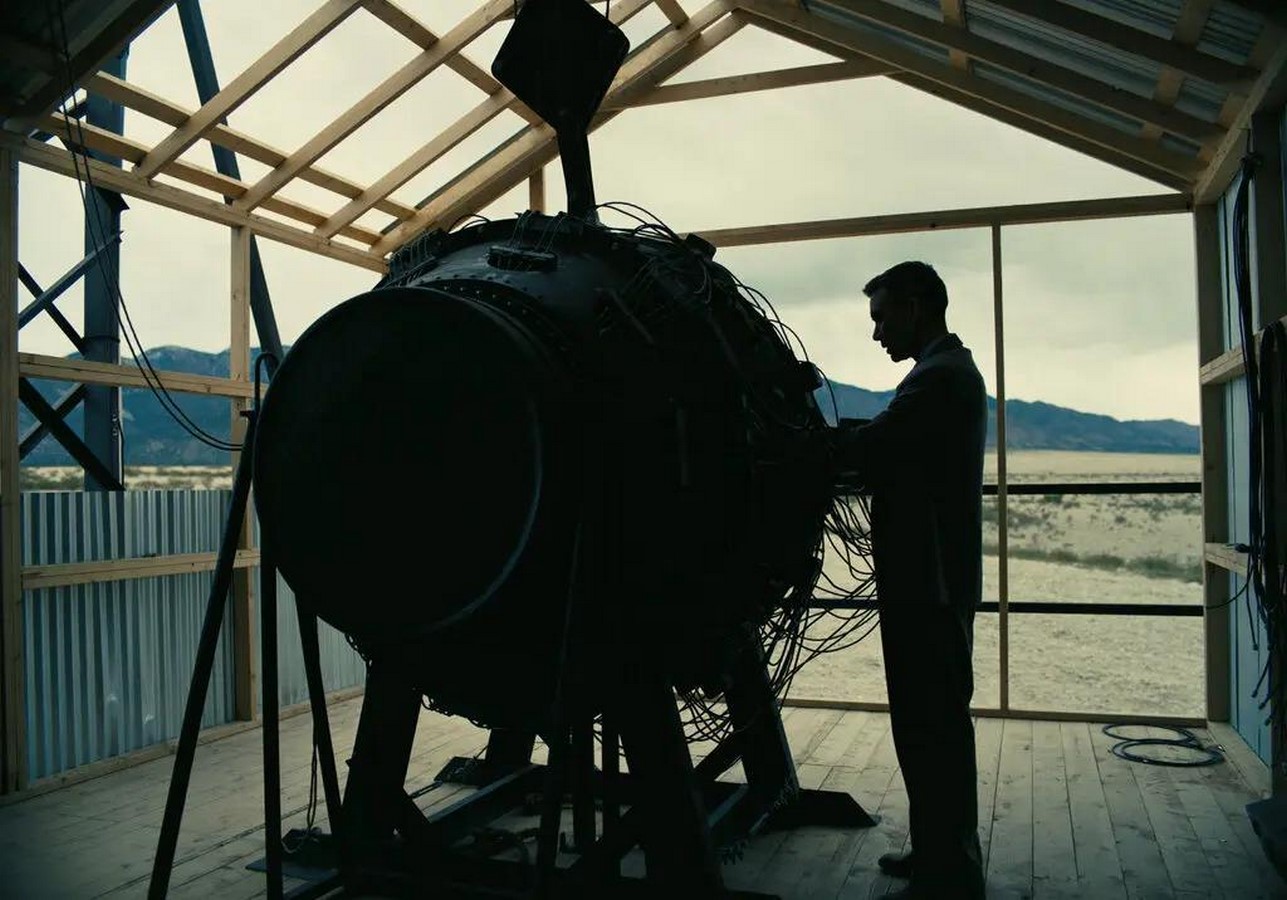
A myriad of genres of films are based on different timelines. The foremost thing the audience deciphers in a movie is the timeline based on the portrayal of the opening scene. The film Oppenheimer, directed by Christopher Nolan, based on the life of the Father of the Atomic Bomb, revolves around 1924-1963, covering the main character’s prime for 40 years in 3 hours. Handling two perspectives simultaneously, the scenes keep leaping from one timeline to the other between the main character’s past and present with intelligent deliveries of dialogues to hook on. The architecture in the film briefly encapsulates Oppenheimer’s life at the university, the Manhattan Project site, and the claustrophobic interrogation room in an immersive cohesion with the audience.
Architecture: A Visual Medium for Movement
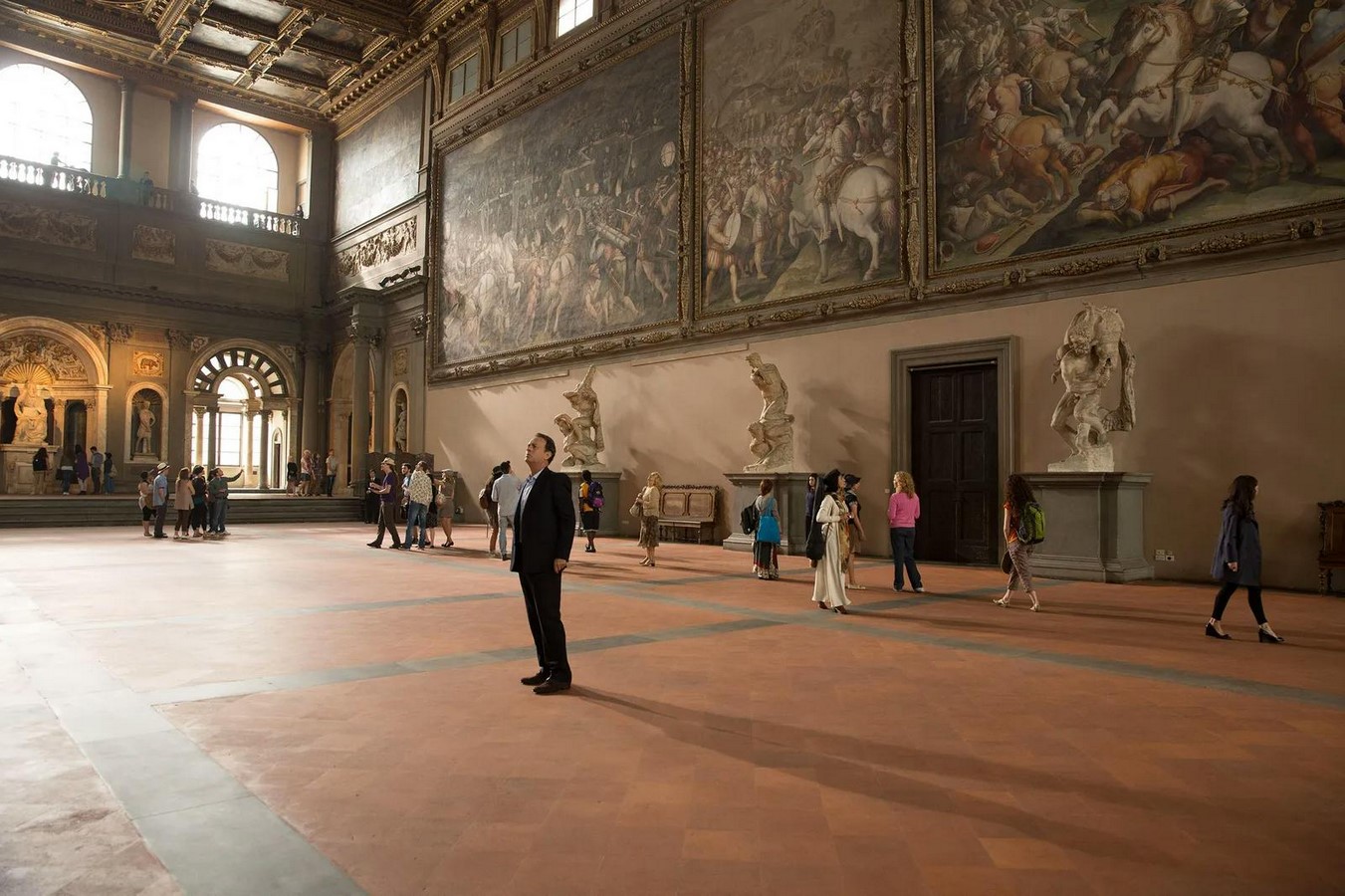
Mystery, thriller, and horror genres anticipate anxiety in the audience. To create this mood, architecture and interior design details must be at the top or at par with the main characters’ performances. The movies based on Dan Brown’s books, famously called the ‘Robert Langdon Series,’ are hinged on an intricate set of events that lead the protagonist from one mystery to another while simultaneously hopping from one solution to the next chronologically. The Da Vinci Code, Angels and Demons, and Inferno cling to famous museums, iconic cathedrals, and historic structures to sway the characters along the storyline. These movies picture the interiors of iconic buildings, taking the audience on a virtual tour, often leaving them stunned and enchanted in the process.
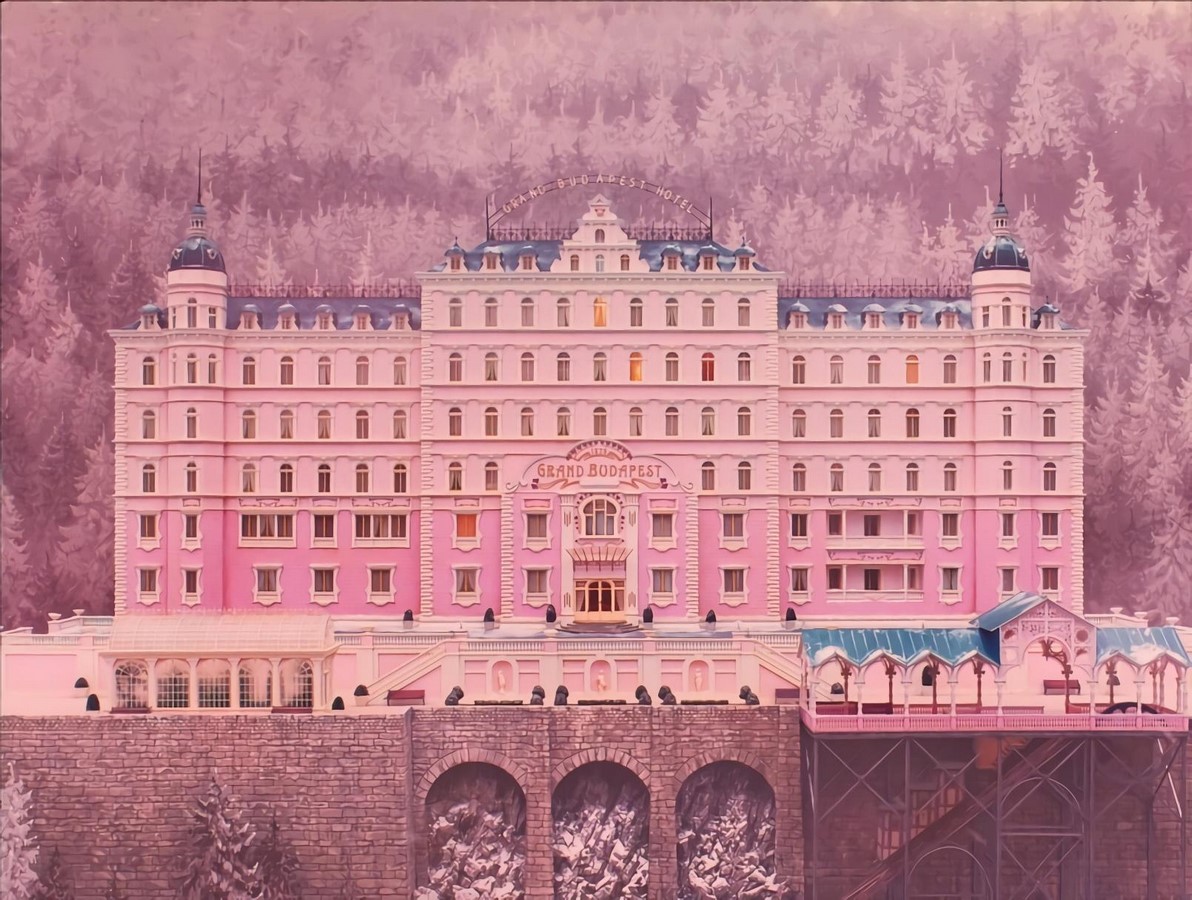
The movie The Grand Budapest Hotel tells the story of the mountainside illustrious “Grand Budapest Hotel” in the European state, the Republic of Zubrowka. It narrates the quest of Gustave H. and Zero Moustafa, the hotel’s lobby boy, who becomes his trustworthy friend. Aided by an engaging, comical plot and aesthetically exquisite scenes, this film is showered in pastel and vivid filtered frames. The use of symmetry, repetitive perspectives, and calculated movements by the characters create a classic Wes Anderson art form for people to delve into.
Architecture: A Metaphor for Emotions
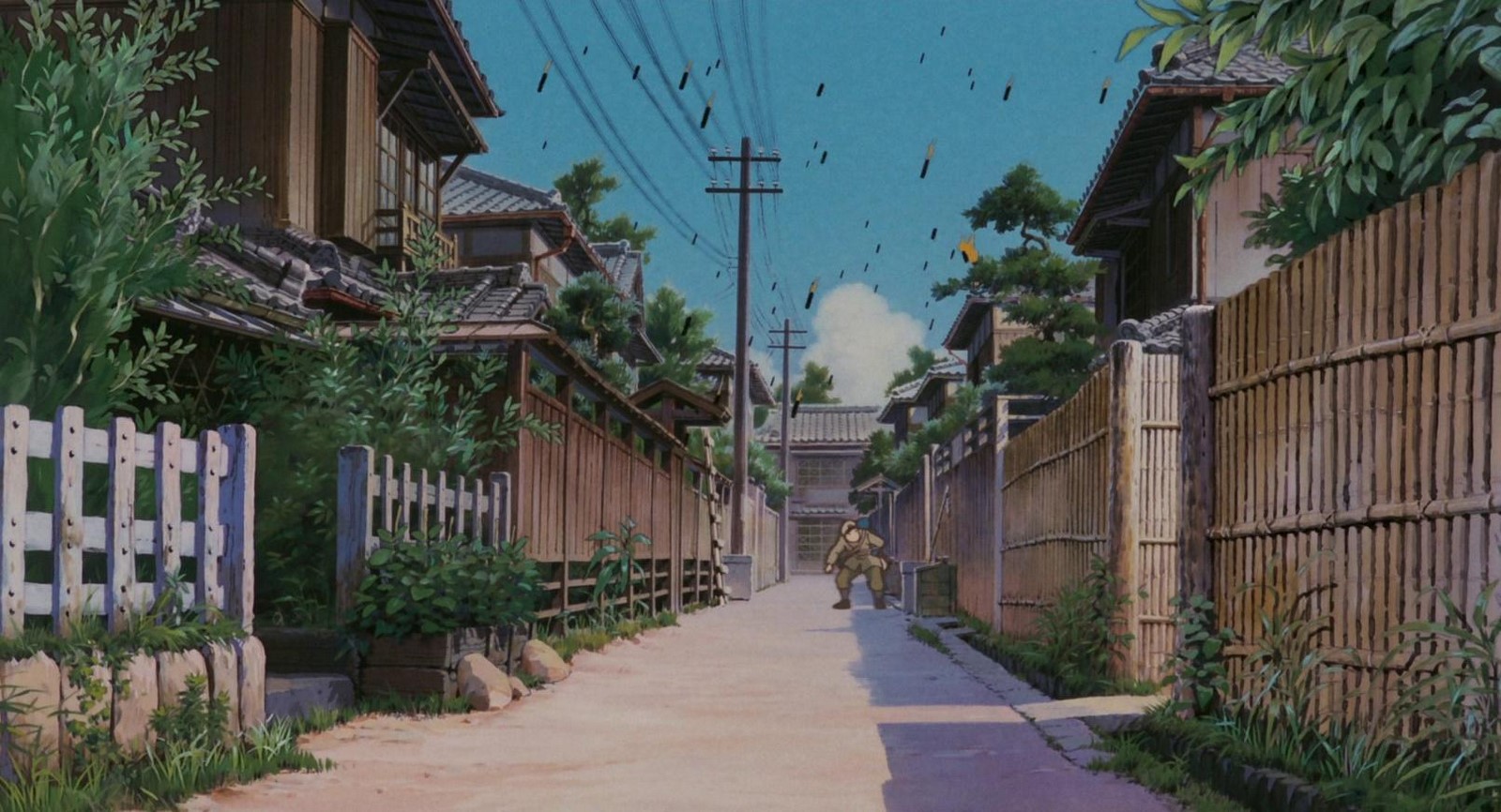
Micro and macro set designs primarily appeal to specific triggers like claustrophobia, agoraphobia, and acrophobia. The characters’ movement through different spaces filled with surprises makes people bite their nails or close their eyes as a response to the stimuli, highlighting it as an excellent sign of their valuable engagement in comprehending the art form. Taking the example of the movie Grave of The Fireflies, by Ghibli Studio, directed by Hayao Miyazaki, one can unravel the protagonist’s journey, a survivor of the firebombing in Kobe, Japan, in 1945. It sheds light on the implications of using deadly weapons in civilian areas. The transition between the attacks’ past, present, and future is depicted brilliantly through architecture; the old houses switched by the demolished homes, people and orphans ending up living on streets, and the destruction of the infrastructure don’t fail to invoke empathy in the audience.
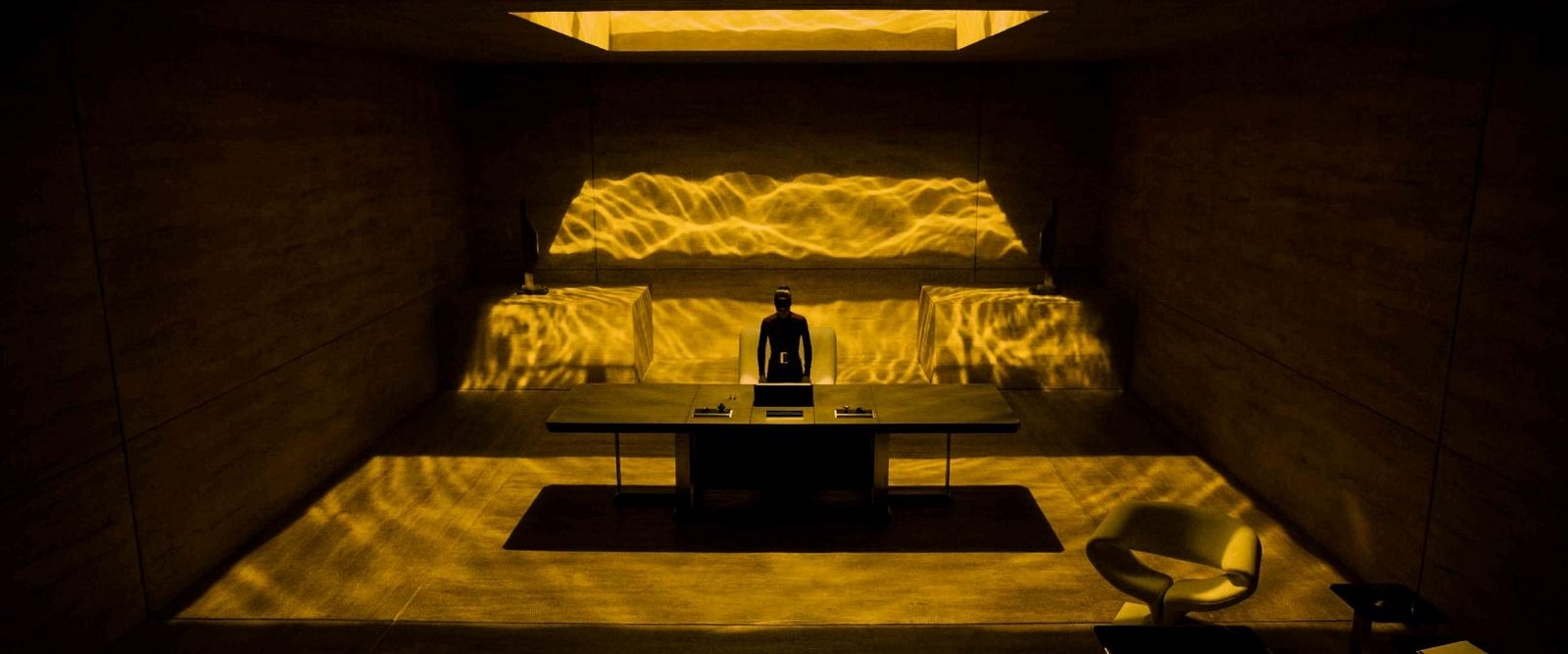
Likewise, in the movie Blade Runner 2049, directed by Denis Villeneuve, observing the protagonist’s journey while meeting fellow characters showcases loneliness, power, ego, imagination, and confusion through dystopian and brutalist architecture, weaved with the play of lights, shadows, golden ratio, and intelligent placement of elements like water, pushing the cinematic experience to a stellar level.
Architecture to Explore Futuristic Boundaries Fueled with Imagination and Science
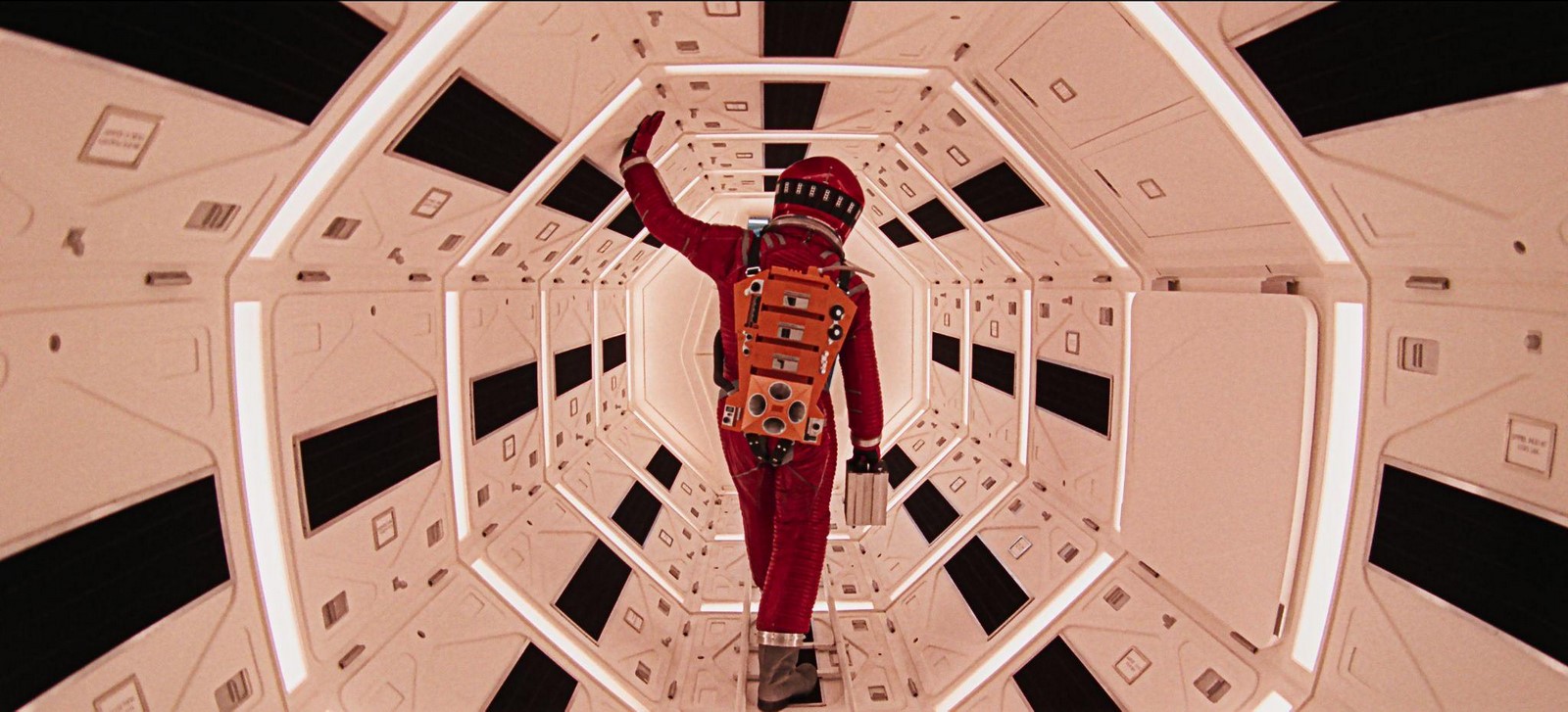
Stanley Kubrick’s 2001: A Space Odyssey and its sequel, 2010: The Year We Make Contact by
Peter Hyams serves stunning visuals showcasing the interiors and exteriors of spacecraft in a journey to find the origin of the mysterious monolith they discover on the Earth, the moon, and in the vicinity of Jupiter’s moon Europa. The film takes the viewer on a mystical ride, creating a captivating experience through futuristic sets. Sequences of events placed skilfully throughout the movie give traction to psychological responses. The use of lights in symmetrical patterns and frequent comebacks of monochromatic interiors ensure the audience is clammed to their seats the whole time.
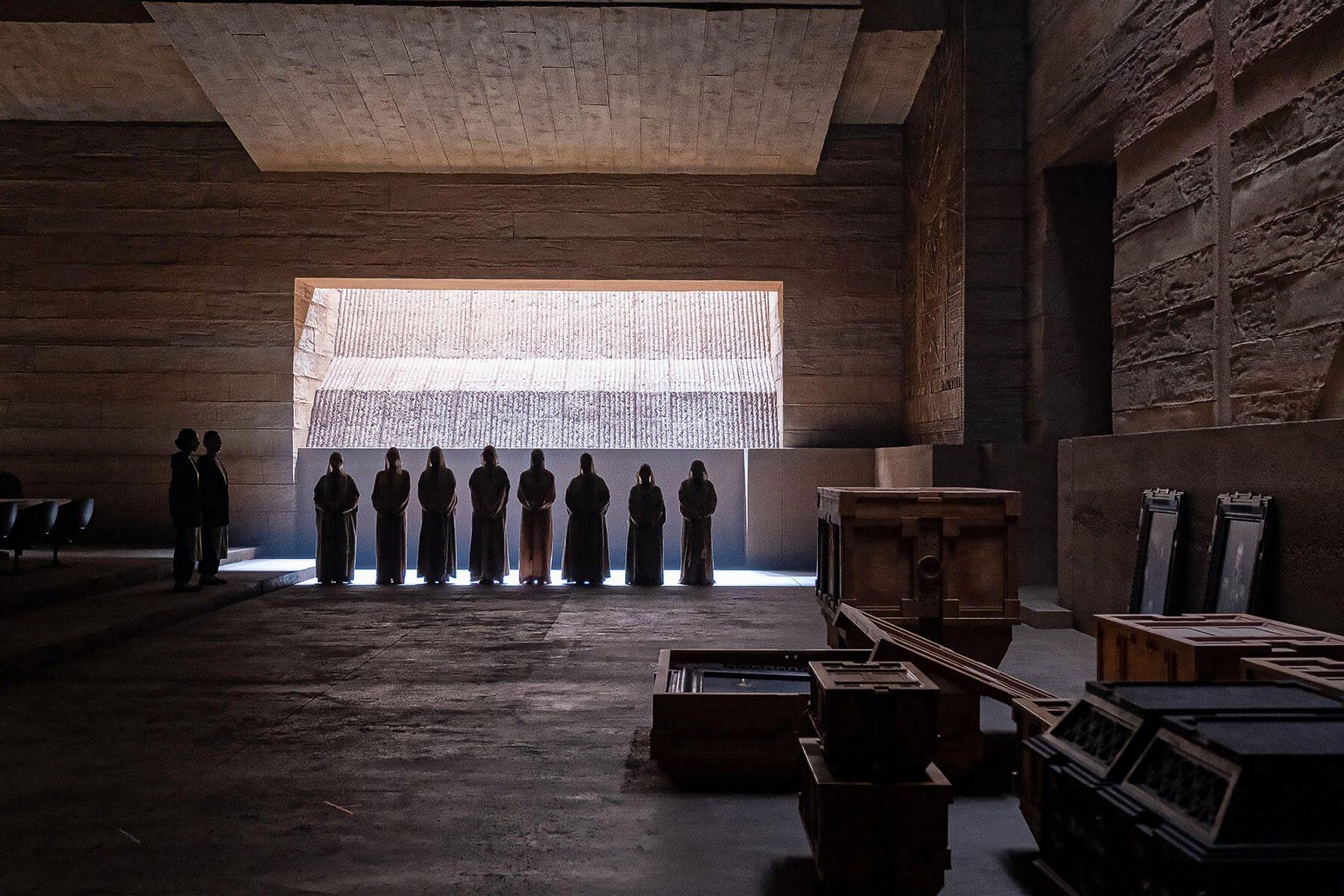
Another majestic example of a film that teleports the viewer to another dimension is Dune by Denis Villeneuve. Its narrative focuses on the battle between good and evil, touching on complex themes like colonialism and environmentalism. The movement of characters through the brutalist imperial city Arrakeen settled in the middle of a desert with remarkably conscious architectural plans, placements of lights, reflections and encryptions on walls, gigantic doors and windows, skylights, and cavernous corridors succeeds in transporting the audience to the otherworldly planet as intended.

Along with the above-discussed points, architecture is also utilized as a metaphor to show societal differences, as spotlighted in the movie Parasite, by South Korean director Bong Joon-ho, where the characters display their spectrum of experiences founded on their financial status. It paints a holistic picture of the social hierarchy that blinds people from each other’s sufferings.
Architecture has been a powerful tool to narrate cinema through the lens of art directors and cinematographers for decades. The transition from shooting at real locations to creating captivating environments through CGI, inventing new techniques to execute the desired art form as imagined on screen, takes tremendous talent and effort. With parametric and futuristic architectural designs and artificial intelligence tools assisted by continuously upgrading modeling softwares, materials, and construction technologies, the future of cinema will keep chasing new heights.
References
- Articles
Citations for Magazine Articles – Print or Online:
- Dejtiar, F. (2021). Jacinta Leong on Architecture in Movies: ‘Films Can Tell Us How Things Are and How Things Can Be’. [online] ArchDaily. Available at: https://www.archdaily.com/963777/jacinta-leong-on-architecture-in-movies-films-can-tell-us-how-things-are-and-how-things-can-be [Accessed 7 Sep. 2023].
- Online sources
- dleain (2020). Architecture in Cinema Series – Elements | DLEA. [online] DLEA. Available at: https://dlea.in/2020/07/08/architecture-in-cinema-series-elements/#:~:text=Both%20Architecture%20and%20Cinema%20share [Accessed 6 Sep. 2023].
- Hood, C. (2023). Oppenheimer Timeline – All Events In Chronological Order. [online] ScreenRant. Available at: https://screenrant.com/oppenheimer-movie-timeline-chronological-order/ [Accessed 7 Sep. 2023].
- Nast, C. (2016). The Historic Filming Locations of Inferno. [online] Architectural Digest. Available at: https://www.architecturaldigest.com/story/inferno-filming-locations [Accessed 8 Sep. 2023].
- Gerlinger, M. and Cipolla, T. (2022). What is a blade runner? Unpacking Ridley Scott’s cyberpunk aesthetics. [online] Linearity blog. Available at: https://www.linearity.io/blog/what-is-a-blade-runner/ [Accessed 9 Sep. 2023].
- Nast, C. (2021). In Dune, the Architecture of the Future Is All About Harmony With the Landscape. [online] Architectural Digest. Available at: https://www.architecturaldigest.com/story/dune-movie-set-design [Accessed 8 Sep. 2023].
- Images/visual mediums
- Warner Bros Pictures, Legendary Pictures and Chia Bella James (2023). In Dune, the Architecture of the Future Is All About Harmony With the Landscape. [online] Architecturaldigest.com. Available at: https://media.architecturaldigest.com/photos/6176ce2b22e49584c796e2e4/master/w_1600 [Accessed 8 Sep. 2023].
- N.M.Credit…Universal Pictures (2023). ‘Oppenheimer’ Review: A Man for Our Time. [online] The New York Times. Available at: https://static01.nyt.com/images/2023/07/20/multimedia/20oppenheimer-review-vzjh/20oppenheimer-review-vzjh-jumbo.jpg?quality=75&auto=webp [Accessed 7 Sep. 2023].
- Stamp, E. (2016). The Historic Filming Locations of Inferno. [online] Architecturaldigest.com. Available at: https://media.architecturaldigest.com/photos/5812328bef29aecc140f1975/master/w_1600 [Accessed 8 Sep. 2023].
- Wallpaper Abyss. (n.d.). The Grand Budapest Hotel HD Wallpaper | Background Image | 3652×2752 | ID:760735. [online] Available at: https://wall.alphacoders.com/big.php?i=760735 [Accessed 9 Sep. 2023].
- davexsensei (2017). Studio Ghibli’s: Grave of the Fireflies. [online] Imgur. Available at: https://imgur.com/gallery/eMgL8 [Accessed 9 Sep. 2023].
- Dowding, L. (2018). 270+ Blade Runner 2049 4k Screen Shots / Frame Captures. [online] Luke Dowding – on the web. Available at: https://lukedowding.com/blade-runner-2049-4k-screen-shots/ [Accessed 9 Sep. 2023].
- Sluss, J. (2018). 2001: A Space Odyssey – 4K UHD Blu-ray Screenshots. [online] HighDefDiscNews. Available at: https://highdefdiscnews.com/2018/12/21/2001-a-space-odyssey-4k-uhd-blu-ray-screenshots/ [Accessed 24 Oct. 2023].
- Hilburg, J. (2021). Designing Dune Required Mining the past to Build Humanity’s Future. [online] The Architect’s Newspaper. Available at: https://www.archpaper.com/2021/11/designing-dune/ [Accessed 24 Oct. 2023].
- Finn, P. (2023). The Architecture of Inequality: On Bong Joon-ho’s ‘Parasite’. [online] Architizer.com. Available at: https://blog.architizer.com/wp-content/uploads/PARASITE_Parks25202.jpg [Accessed 9 Sep. 2023].




















